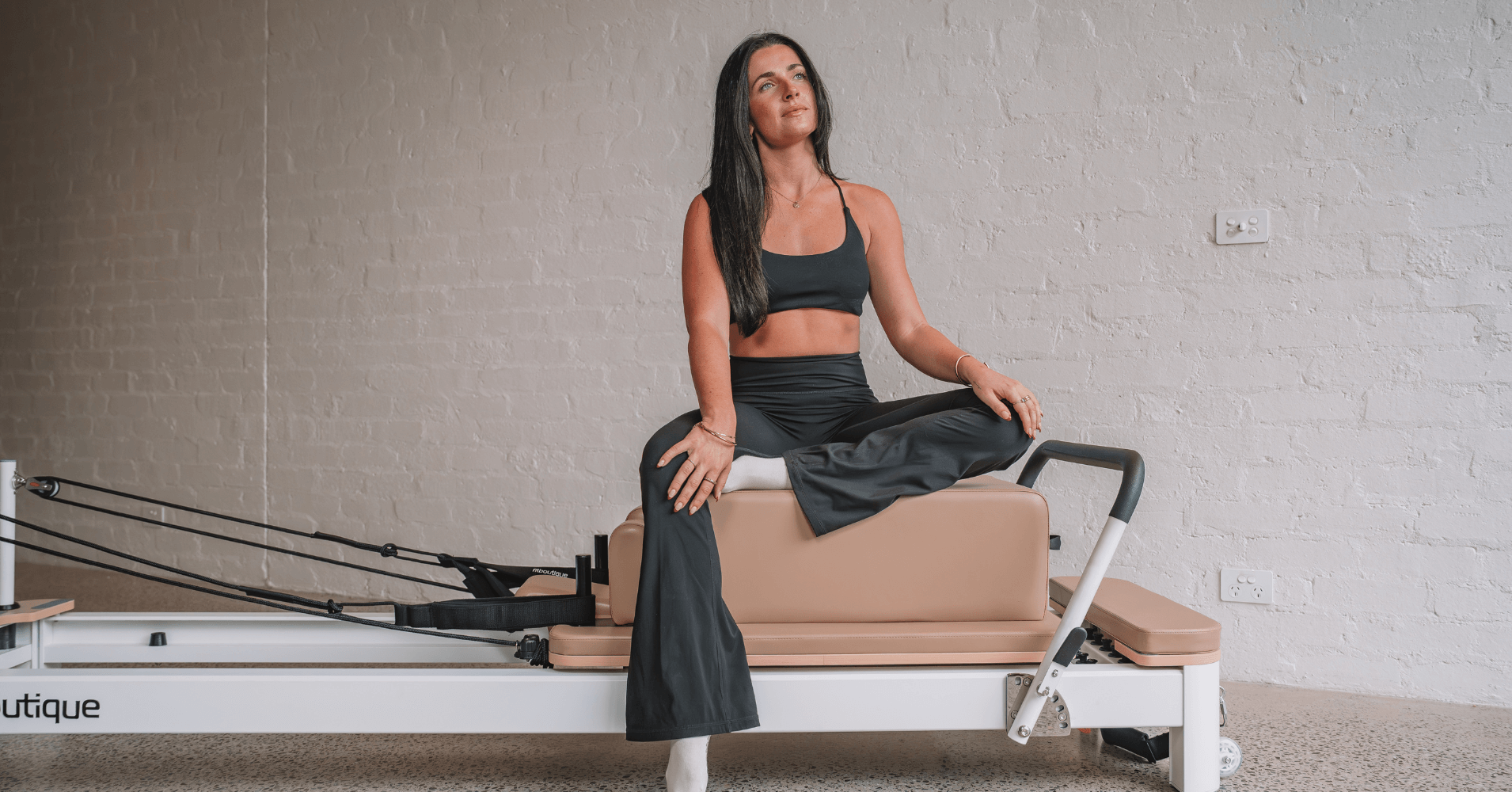
Pilates vs Weight Training Explained
Pilates vs Weight Training Explained
Pilates and weight training both build strength, but they do it differently. The real question is what outcome you want. This guide breaks down how each method works so you can choose with confidence.
What Pilates Actually Does
Pilates focuses on controlled, slow, intentional movement. It targets the smaller stabiliser muscles that are often ignored in gym-style training.
When using a Reformer Machine, resistance comes from springs, which feels smoother and more joint friendly.
Key benefits:
- Better core strength
- More mobility and flexibility
- Less back pain
- Improved posture
- Better mind body control
- Ideal for injury recovery and prevention
What Weight Training Actually Does
Weight training uses dumbbells, barbells and machines to increase muscle size and power through progressive overload.
Key benefits:
- Increased muscle mass
- Greater strength
- Improved metabolism
- Better bone density
The Big Difference in Results
| Pilates | Weight Training |
|---|---|
| Improves full body stability and control | Builds targeted muscle strength |
| Increases mobility and core strength | Promotes muscle growth and shape |
| Supports injury recovery | Higher risk of strain if form slips |
| Low impact and joint friendly | High loading for power and performance |
Where the Reformer Machine Comes In
A Reformer Machine provides resistance and support at the same time. Every movement requires control, stability and alignment. This builds strong, functional strength from the core outward.
People who combine Reformer Pilates with weight training often notice better squat depth, stronger deadlift form and improved posture.
So Which Should You Choose
Choose Pilates if you want:
- Strength without bulk
- Better mobility
- Joint friendly training
- Injury prevention
Choose Weight Training if you want:
- More muscle
- Greater power
- Stronger athletic performance
Choose both for the best long term results. A balanced weekly routine looks like:
- Weight training two to three days a week
- Reformer Pilates two days a week
This keeps your body strong, aligned and sustainable long term.
Ready to Start Reformer Training
FitBoutique offers premium Reformer Machine options for home and studio use.
- Free delivery Australia wide
- 24 months interest free finance
- Commercial grade stability
- Designed to look good in your space
Explore models including the Ivory Fold Reformer, Onyx Reformer, Onyx Fold Reformer, Sienna Reformer and Maple Crest Reformer.
Contact the FitBoutique Team for personalised sizing and setup recommendations.
Reformer Pilates Range
Frequently Asked Questions
How much space do I need for a reformer bed?
Space Requirements for Your Reformer
A FitBoutique reformer requires approximately 245cm x 68cm (2.45m x 0.65m) of floor space. Here's what this means for your space planning:
For Home Users
Length: 245cm (8.04 feet)
Width: 68cm (2.13 feet)
Recommended clearance: Add at least 30cm on each side and end for comfortable access
Total recommended space: 305cm x 125cm (3.05m x 1.25m)
For the Onyx Fold model specifically:
Same footprint when in use (245cm x 65cm)
When folded: Takes up significantly less floor space in vertical storage
Ceiling height consideration: Ensure adequate height for vertical storage
What's the difference between commercial and home reformers?
While both offer similar exercise capabilities, commercial reformers typically feature heavier-duty construction, enhanced weight capacity, and more extensive warranty coverage. However, premium home models like the Onyx series bridge this gap with commercial-grade components.
How often should I maintain my reformer?
Regular maintenance includes weekly cleaning, monthly hardware checks, and quarterly deep cleaning of tracks and wheels. Premium reformers come with detailed maintenance guides to ensure optimal performance and longevity.













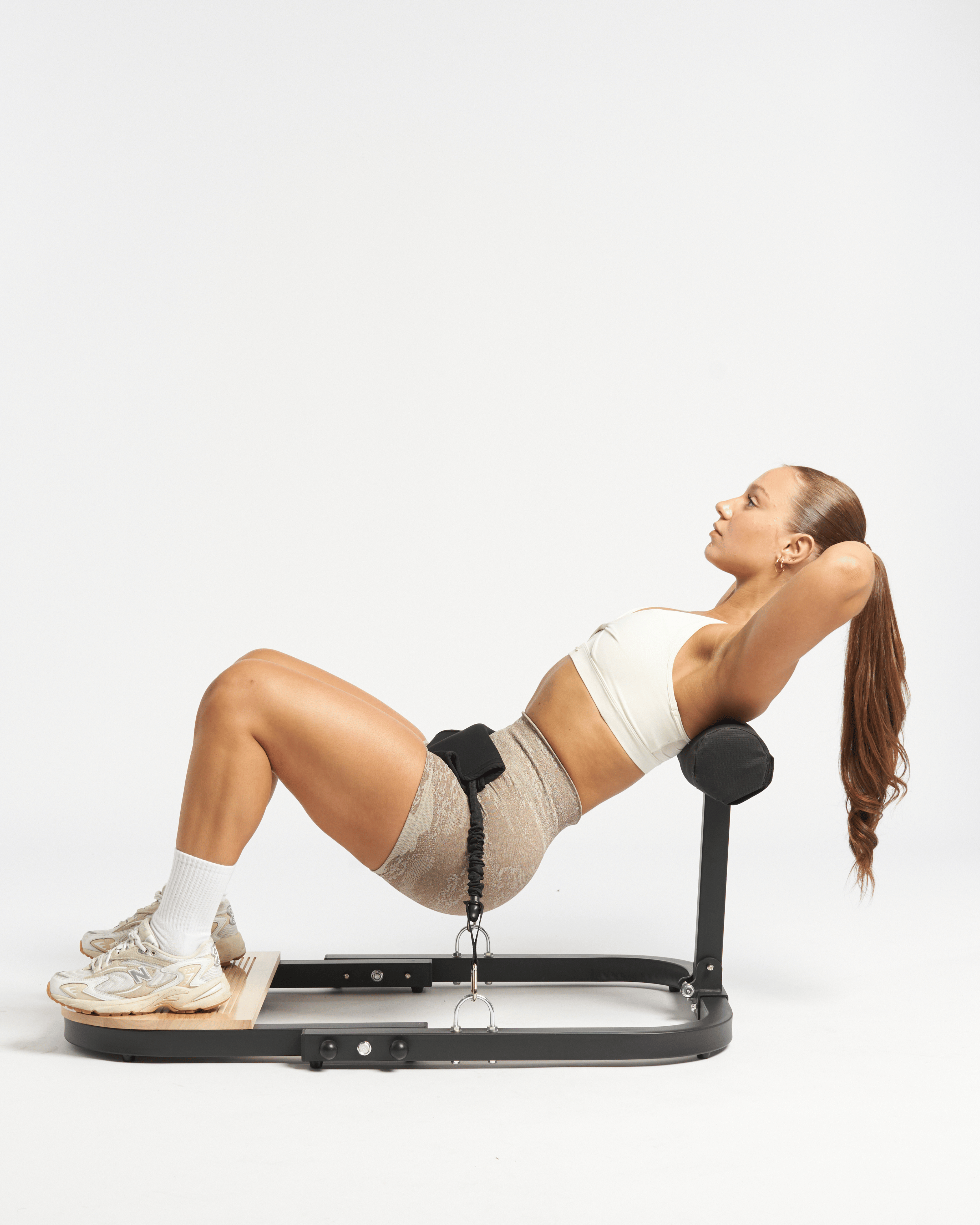
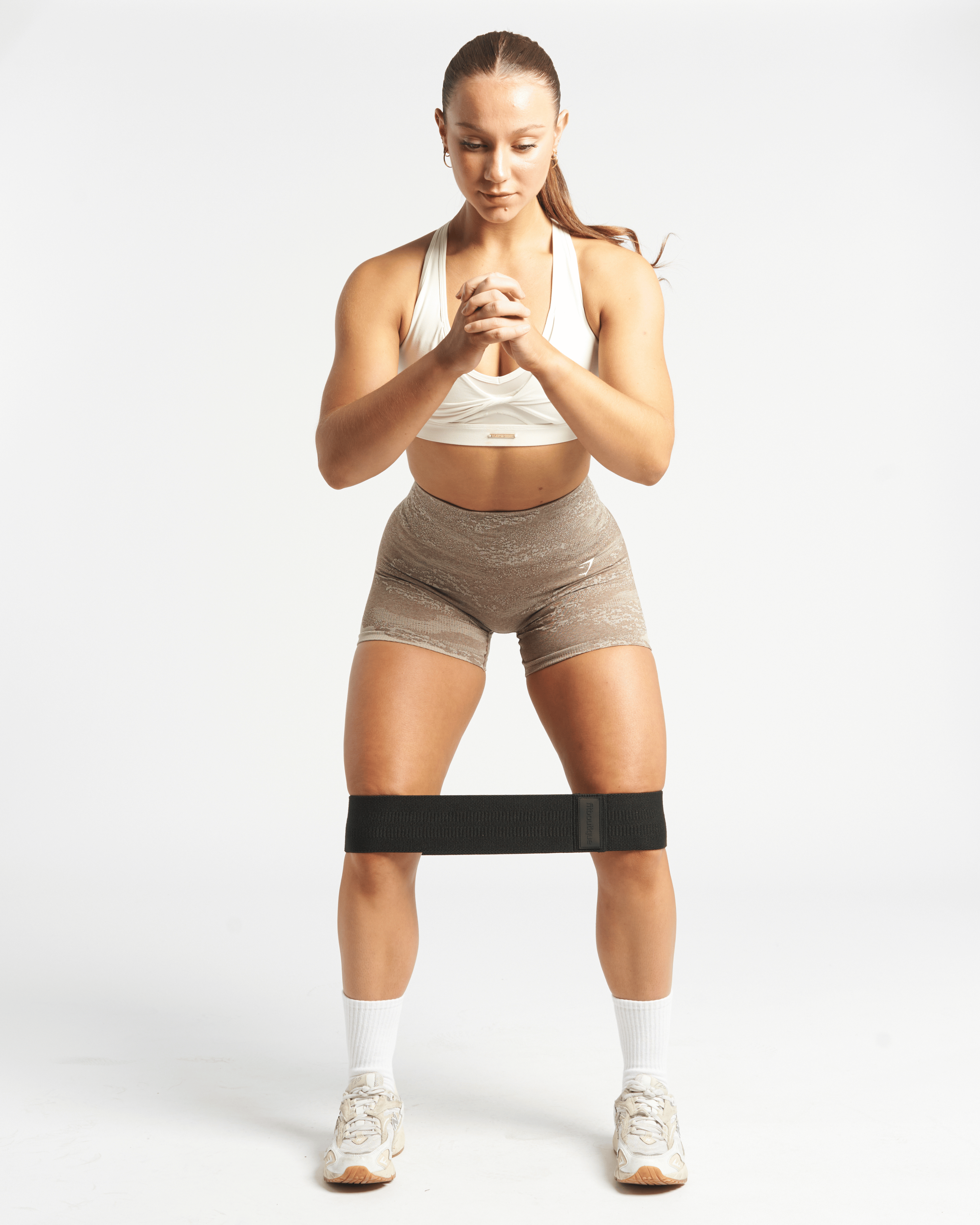
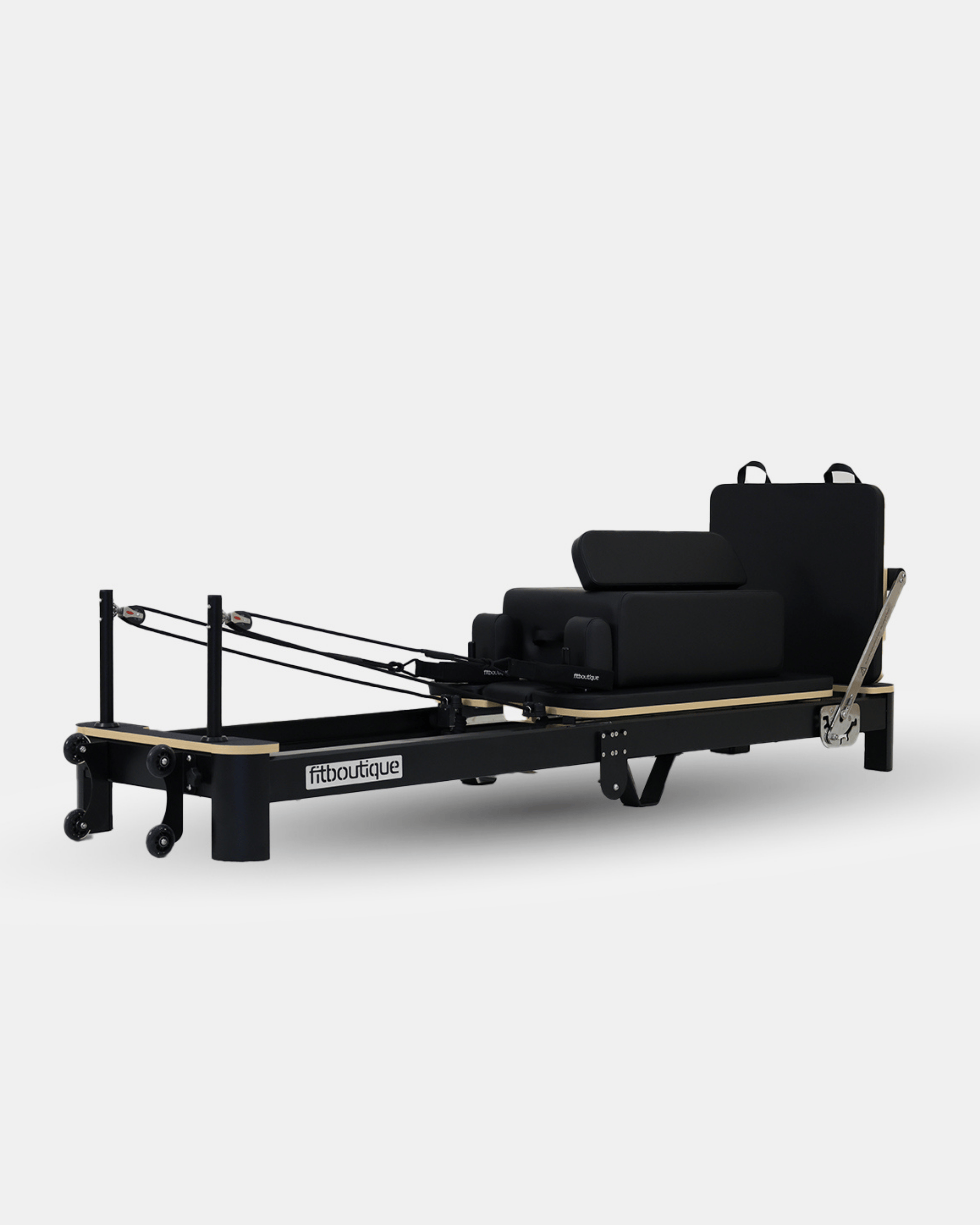
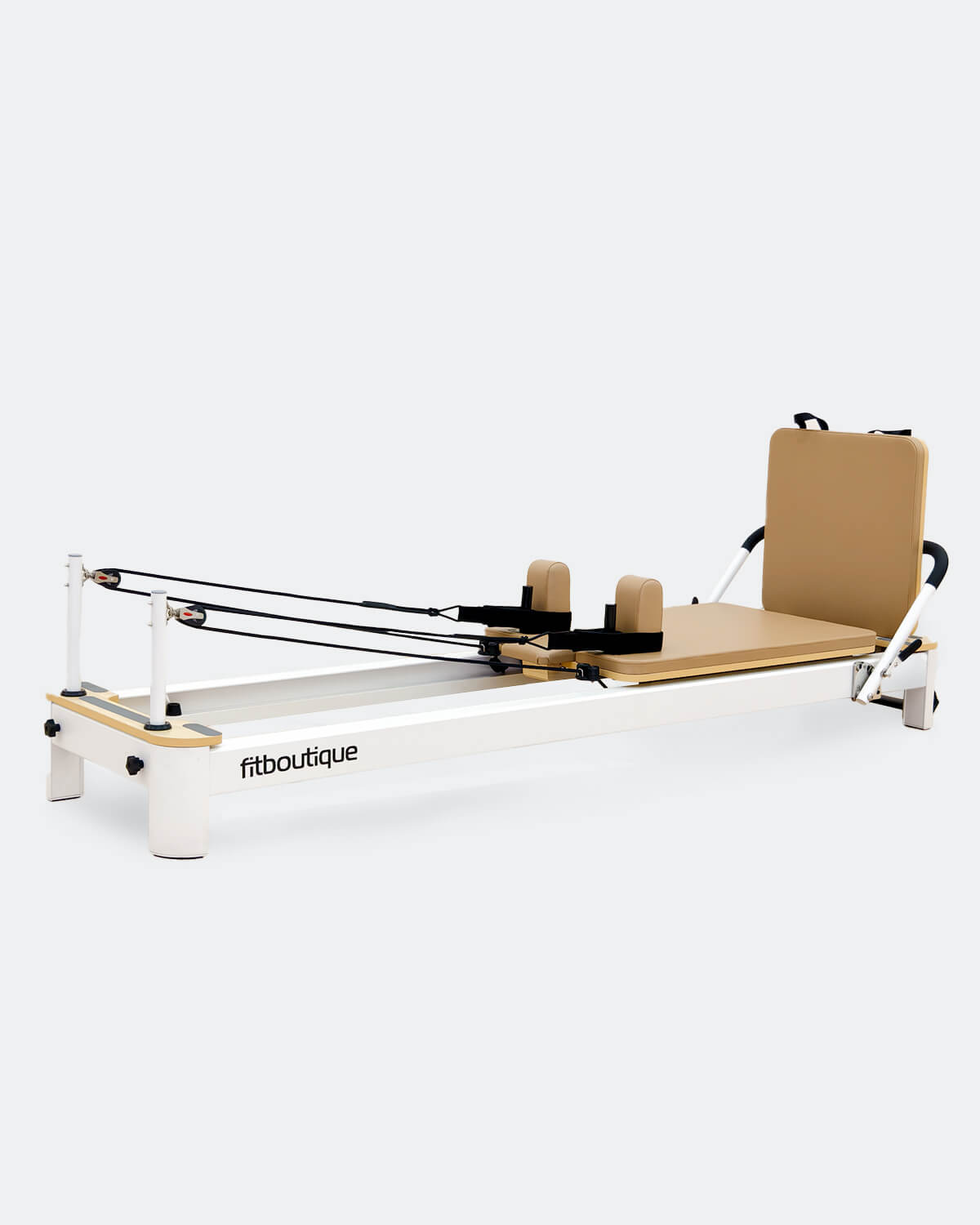

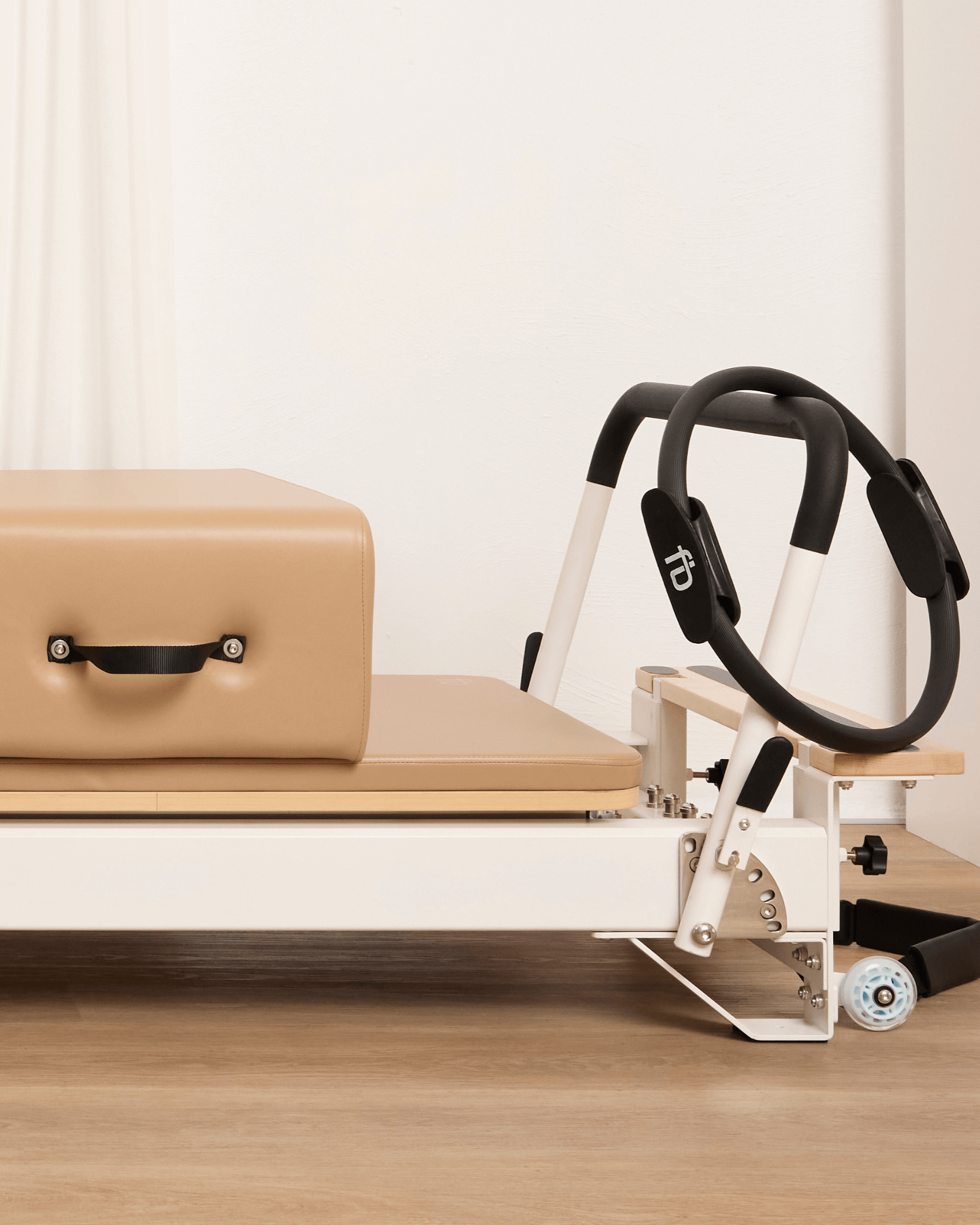


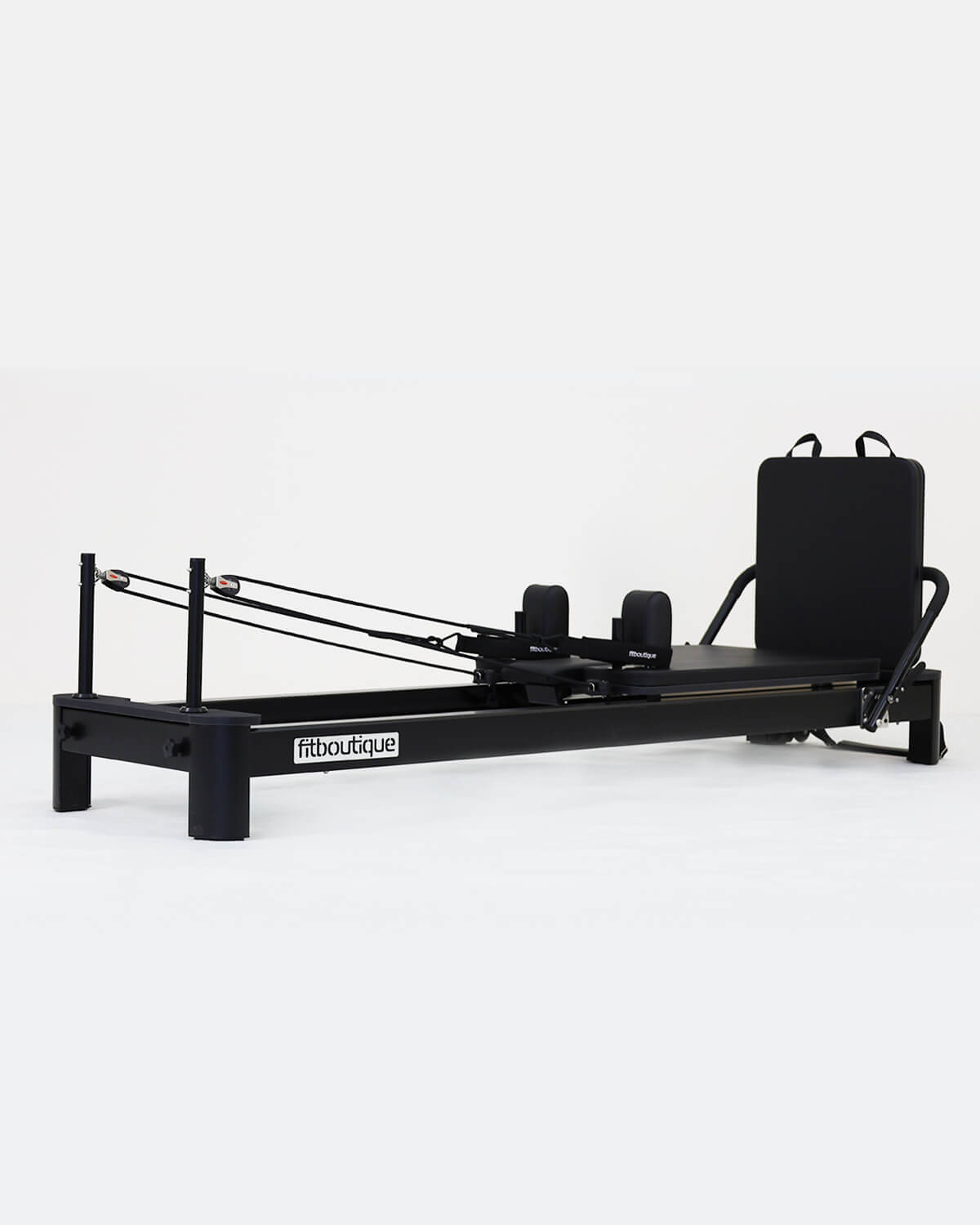



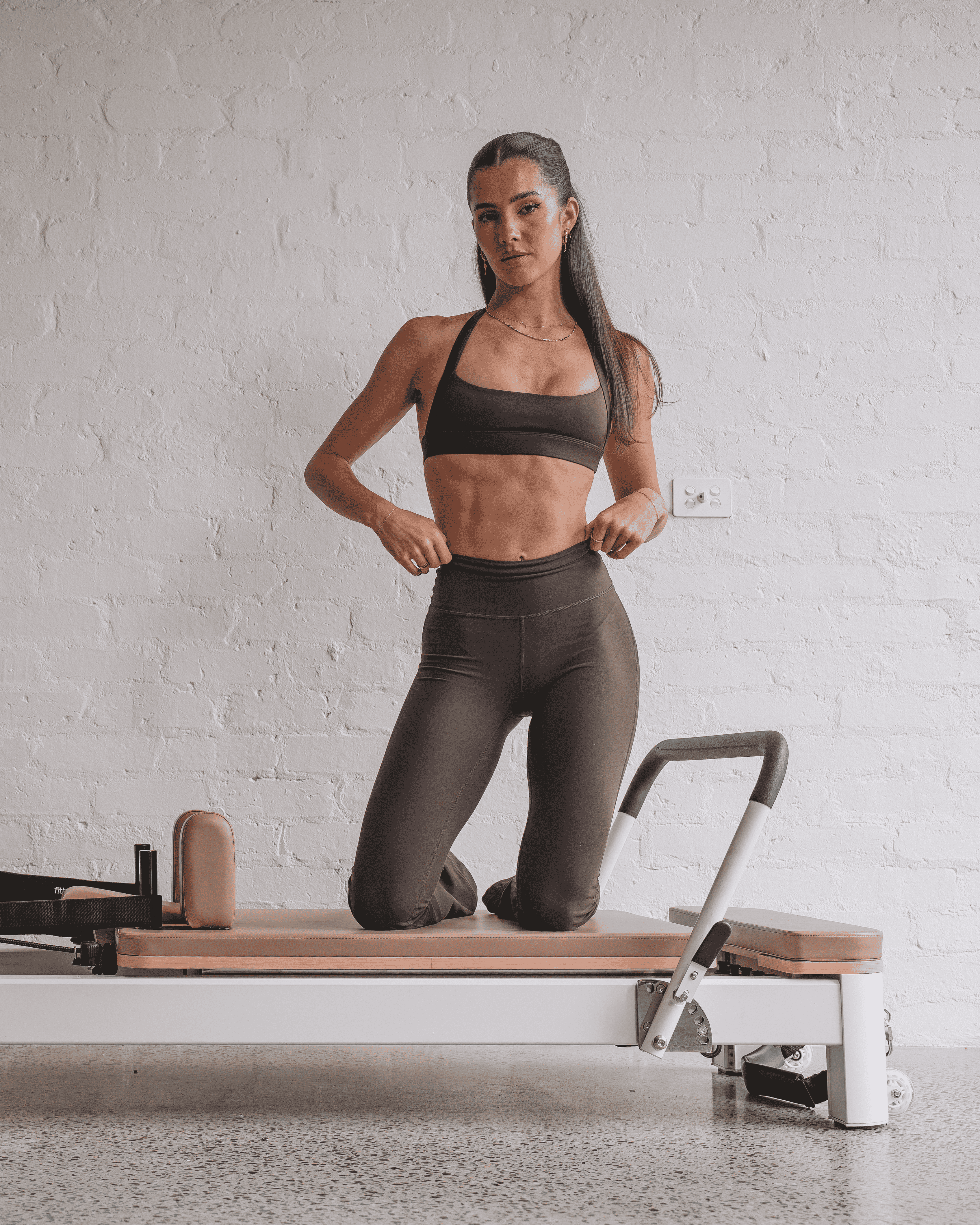
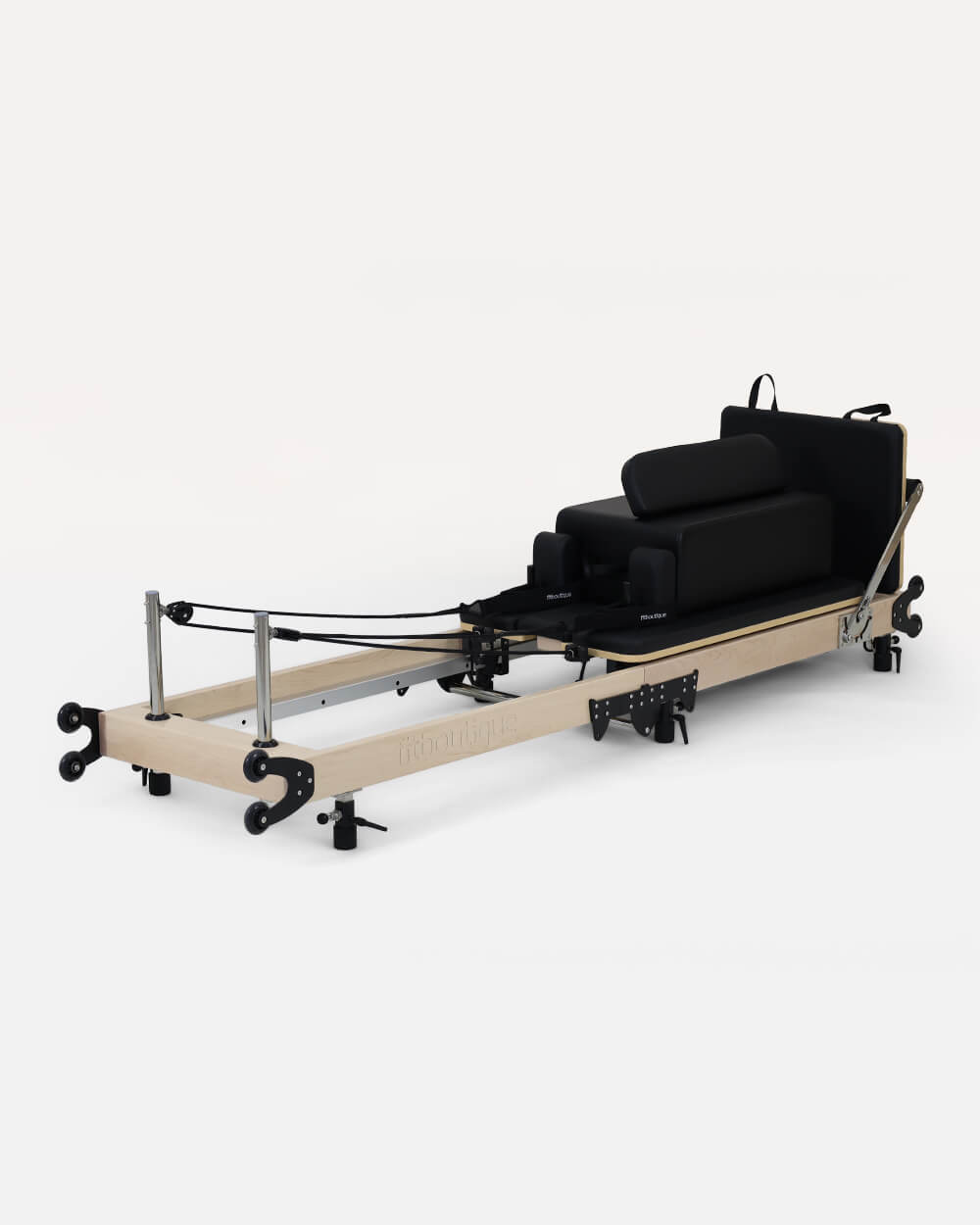

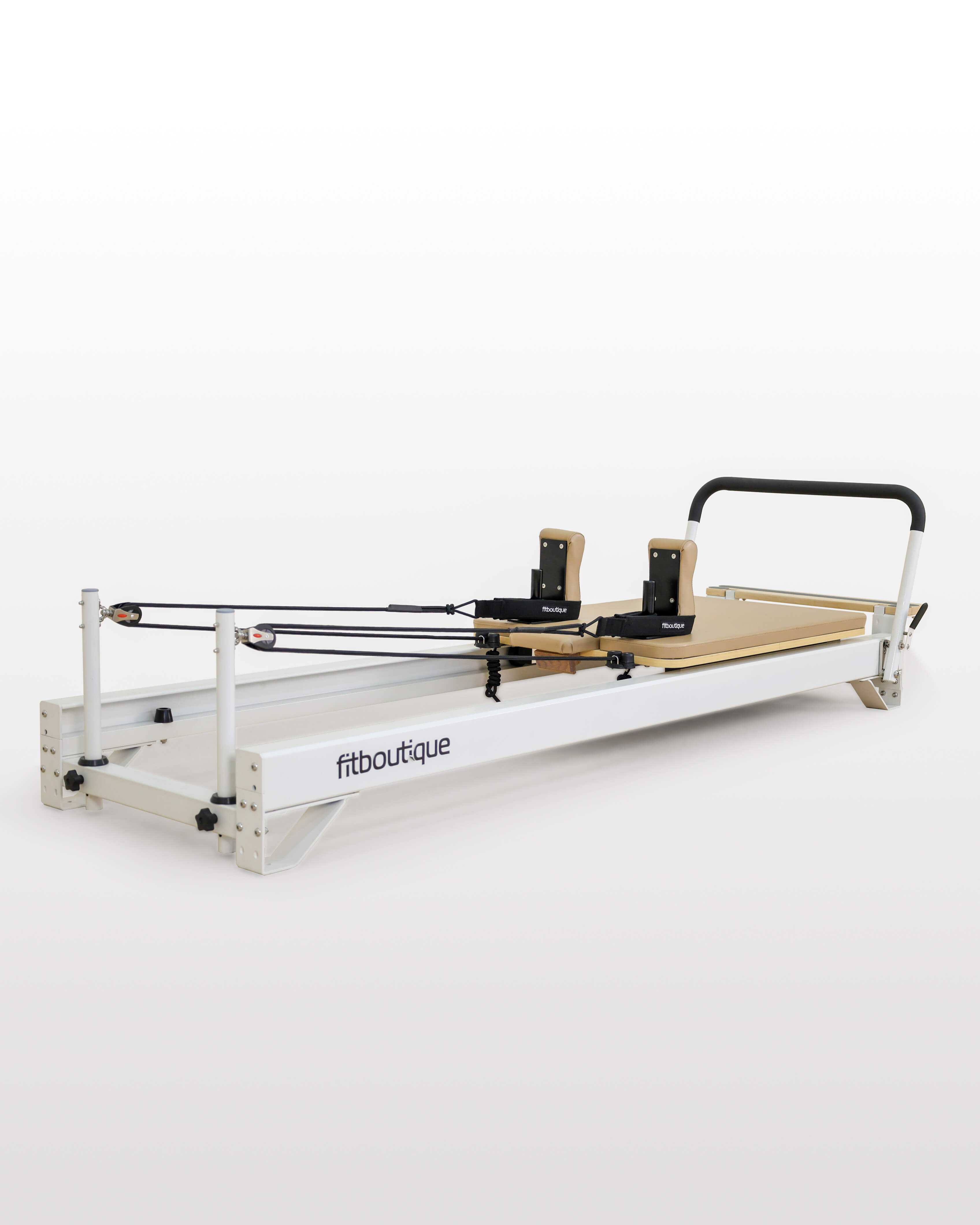
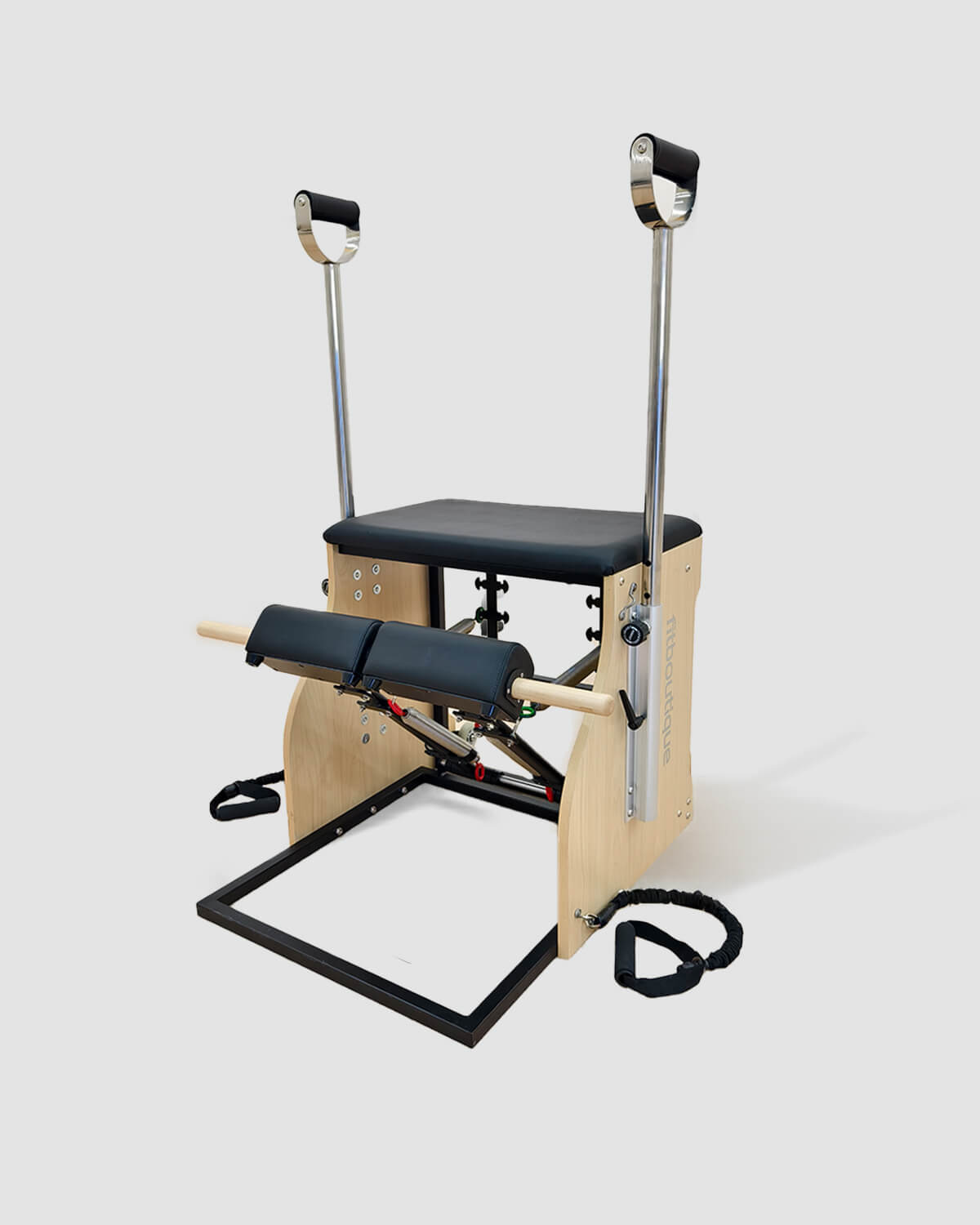
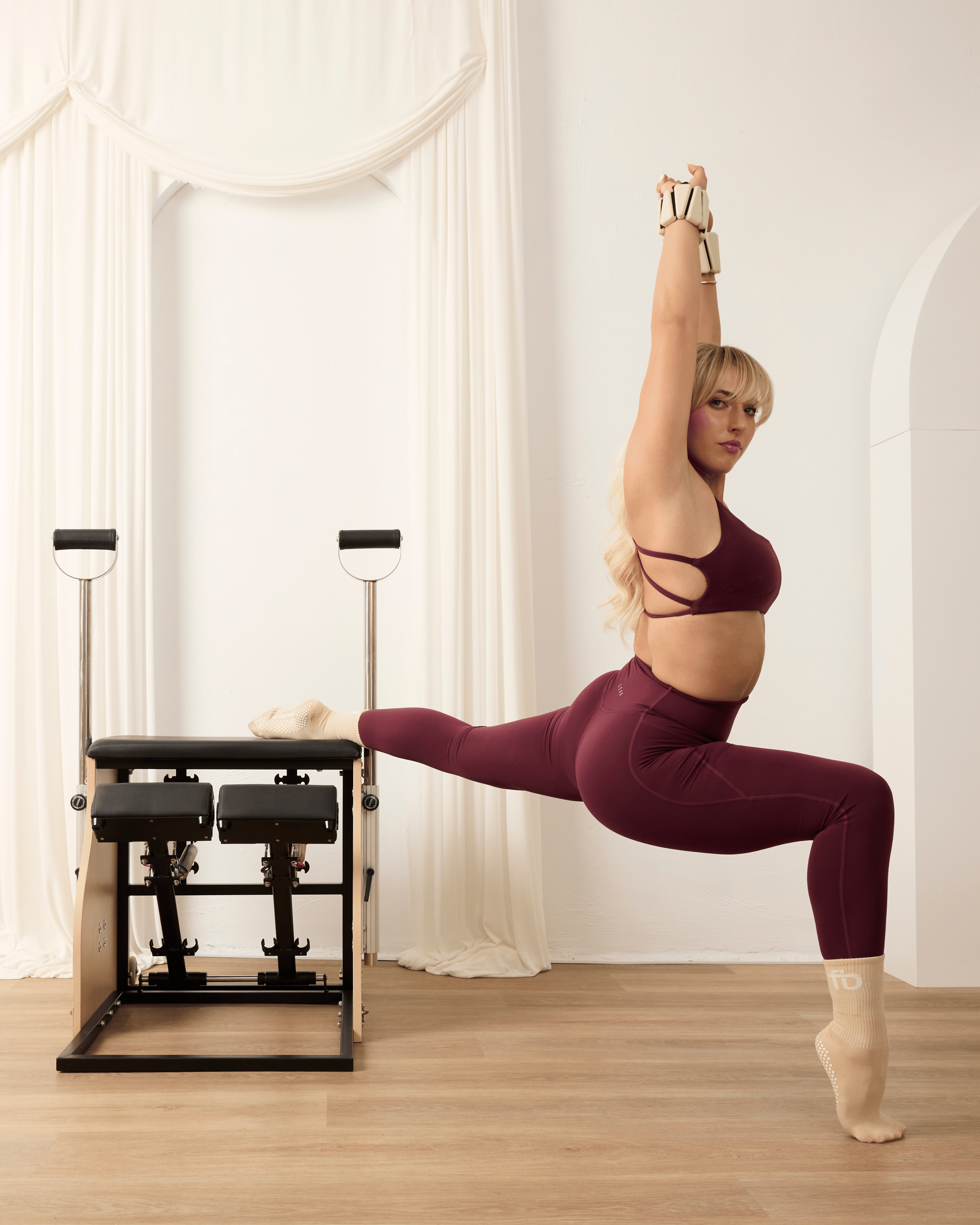
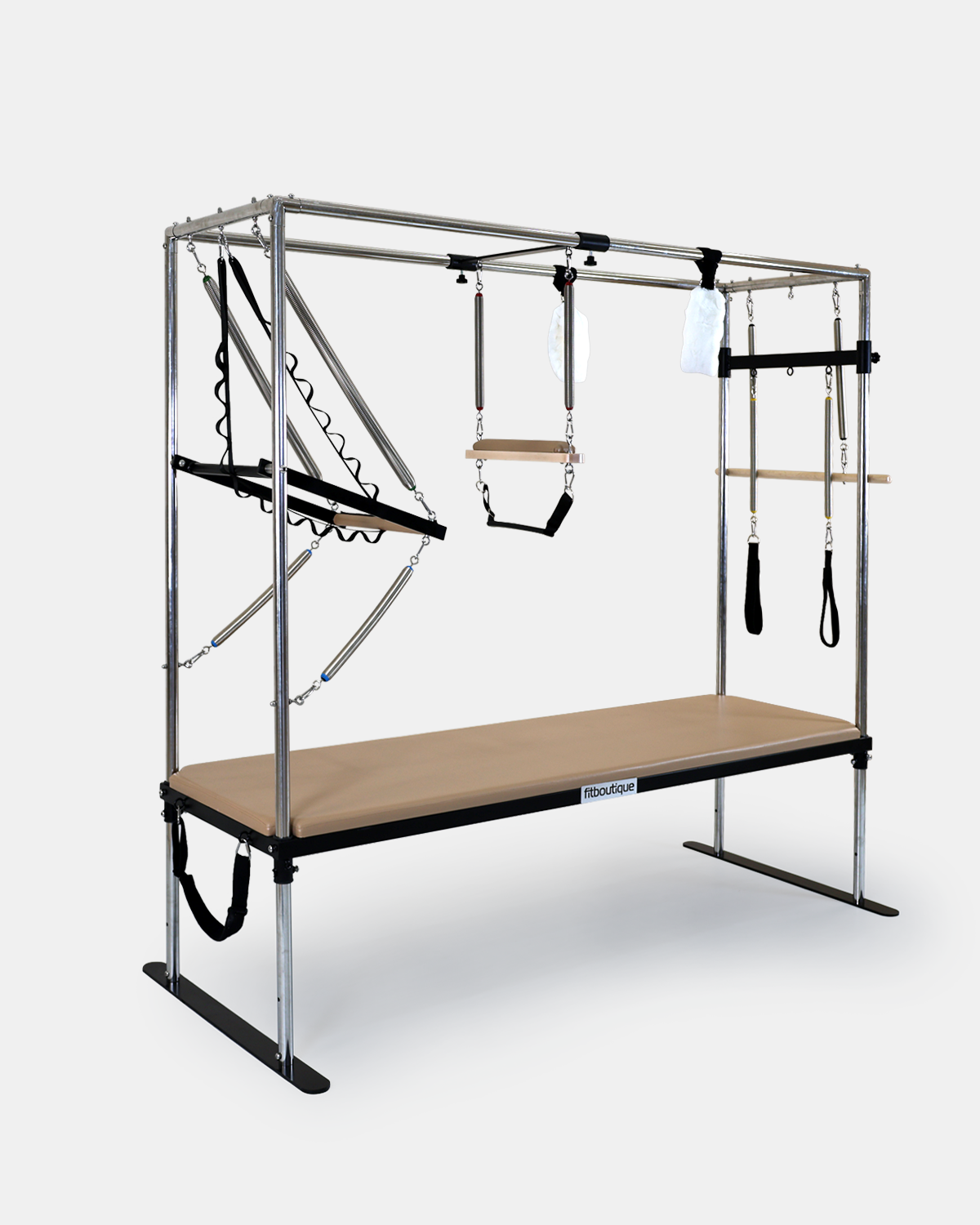
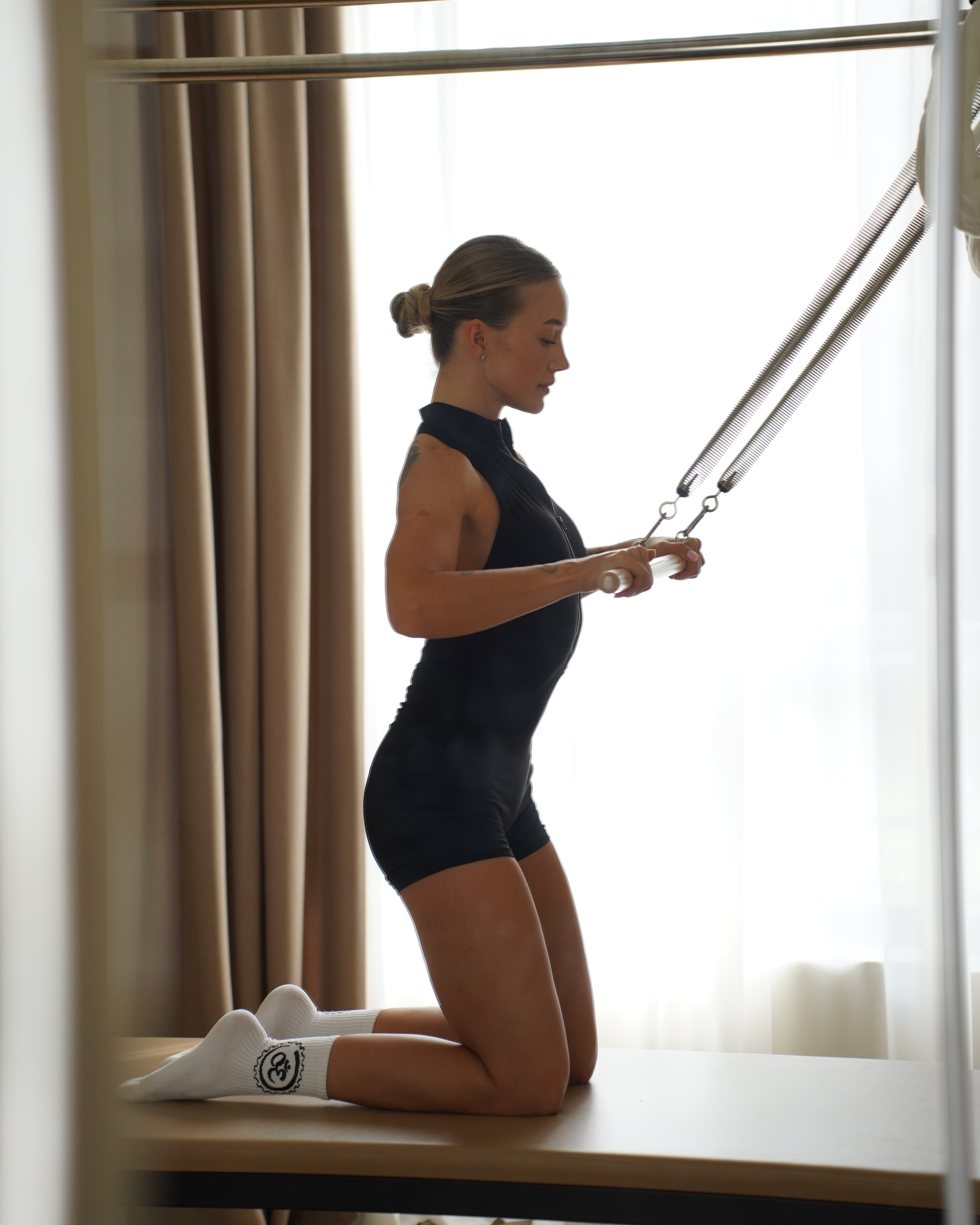


Leave a comment